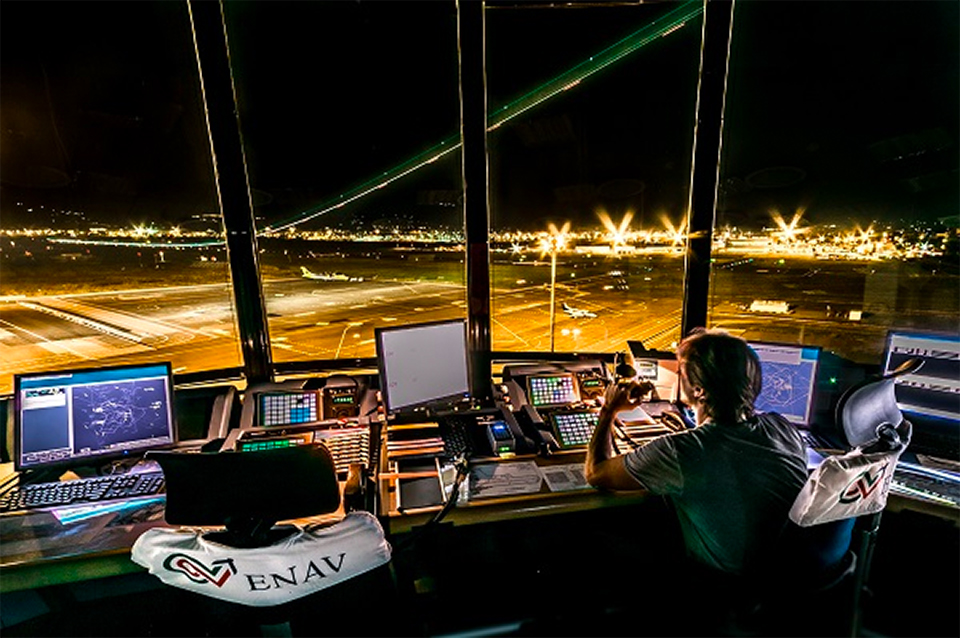Exploring long-range air traffic flow management
Matt Shepherd CF, CANSO ATFM/A-CDM Workgroup expert, and Managing Director at To70 Aviation Australia, discusses the concept of long-range air traffic flow management and the way in which it can be integrated with already established ATFM elements.

With the aviation world regaining lost momentum, and with air traffic movements resuming their inexorable rise, the increase in demand for airspace and airport capacity across the globe is returning.
With that demand comes a renewed requirement to improve existing methods of balancing demand and capacity. Aligned with this is an increasing need to identify and develop new methods which can complement and enhance the manner in which ATFM is currently delivered.
Currently ATFM delivery comprises many ways to manage demand, such as miles-in-trail, ground delay programs, and airspace flow programs.
These initiatives are often delivered independently of each other and, in the case of ground delay programs, generally allocate all of the delay to on-ground aircraft. One goal of ATFM is to share the allocation of delay equitably across airborne, on-ground, short-haul and long-haul flights.
One way of achieving this is the concept of Long-Range ATFM (LRATFM). The concept of LRATFM has been in discussion for many years. Despite this, the actual nature of the concept has long eluded an agreed definition. Recently, ATFM experts working within the CANSO ATFM/A-CDM Workgroup have reviewed a number of trials and initiatives, proposed a conceptual definition, and developed starting scenarios for the operational application of LRATFM as part of the existing ATFM solutions.
The definition has been developed based on early initiatives such as AEROTHAI’s Bay of Bengal Cooperative ATFM System (BOBCAT), NATS’ Extended Arrival Management, and Airservices Australia’s Sydney Early Morning Arrival Program.
Through the study of those initiatives, the Workgroup has defined LRATFM, a sub-element of the ATFM concept, as: “The integration of ATFM solutions to deliver a collaboratively balanced flow of long-haul and short haul aircraft to an ATM resource (airport, waypoint, or a sector of an airspace).”
The underpinning requirements for an effective ATFM implementation are agreed standards and procedures, accurate prediction of aircraft trajectories, and reliable, repeatable data gathering and exchange.
The application of LRATFM to manage demand at an ATM resource that includes long-haul aircraft will push the physical limits of conventional State-level ATFM operations. Aircraft included in a LRATFM solution will often be one FIR, and sometimes multiple regions away from the issuing ATFM unit. To meet this requirement, the model proposed has also considered the need for inter-ANSP collaborative decision making.
CANSO’s latest white paper, Long-Range Air Traffic Flow Management Concept, explores the proposed LRATFM concept in detail. The document discusses the experience of ANSPs, provides recommendations for implementation and suggests implementation models that can align with already established regional ATFM operations.
Air traffic management must continue to explore and implement the latest concepts, processes and procedures if it is to meet the continuing growth of the international aviation industry. LRATFM capability for an ANSP represents just one of many important steps along the path to a seamless , efficient future ATFM environment.




